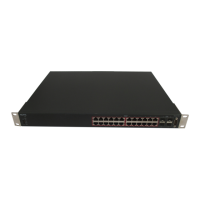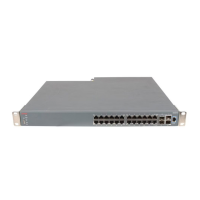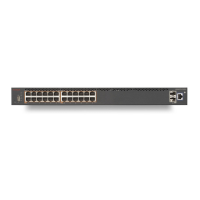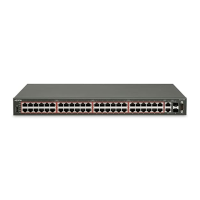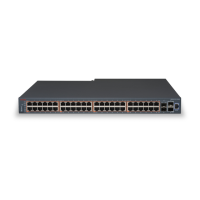Chapter 16: Troubleshooting SLA Monitor
Agent
Use SLA Mon
™
Agent to detect, identify, and isolate issues which impact end-to-end network
performance.
Architecture
R5.7 supports the ability to perform QoS and DSCP tests via CLI between any two Networking devices
with SLA Mon
™
Agents without need for an SLA Mon
™
server. In addition, R5.7 supports secure agent-
server communication through certificate-based authentication and encrypted agent-server
communication secure communications, and is intended to interoperate with the Avaya Diagnostic Server
R2.0 when it releases. Avaya Diagnostic Server will provide network-wide QoS and DSCP monitoring,
along with graphical display, alarms and alerts, trend analysis, and logging.
Supporting NTR and RTP
Note:
Server control over agent may impact NTR and RTP results.
NTR
The target device does not need to support SLAMon. If standard Traceroute works, NTR traces
are available. Server control over agent may impact the NTR results.
When programming in ACLI, agents registered with a server should refuse server tests while
manual NTR tests are being performed.
RTP
The target device must support SLAMon and SLAMon must be enabled.
When programming in ACLI, “Server bypass” is required if agent not registered. Agents that
are registered with a server should refuse server tests while manual RTP tests are being
performed.
Troubleshooting Avaya ERS 4000 Series April 2014 225

